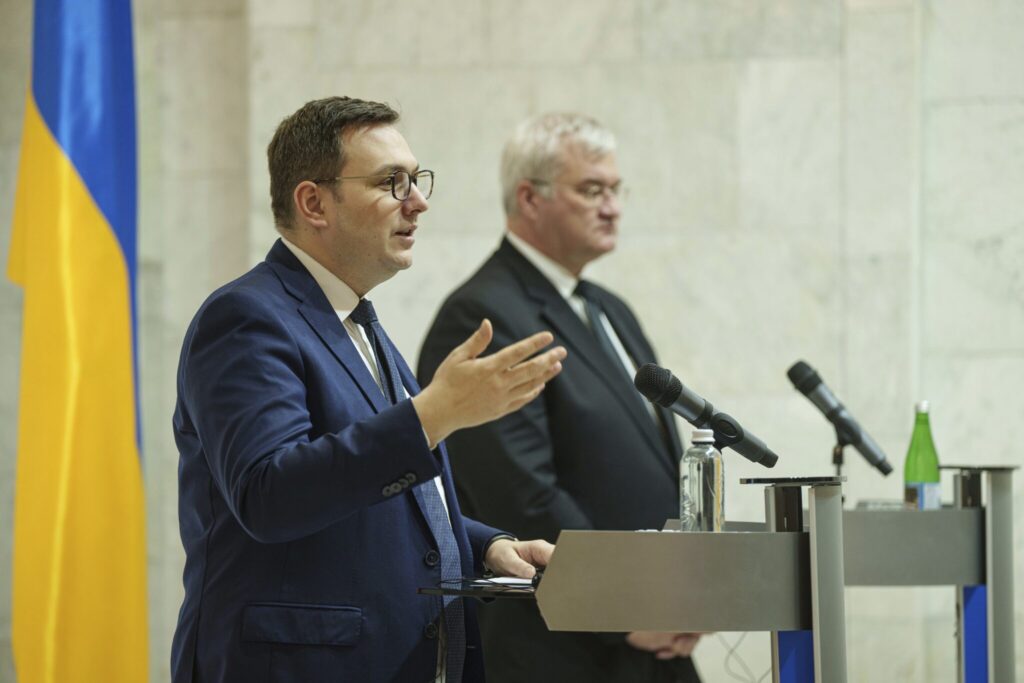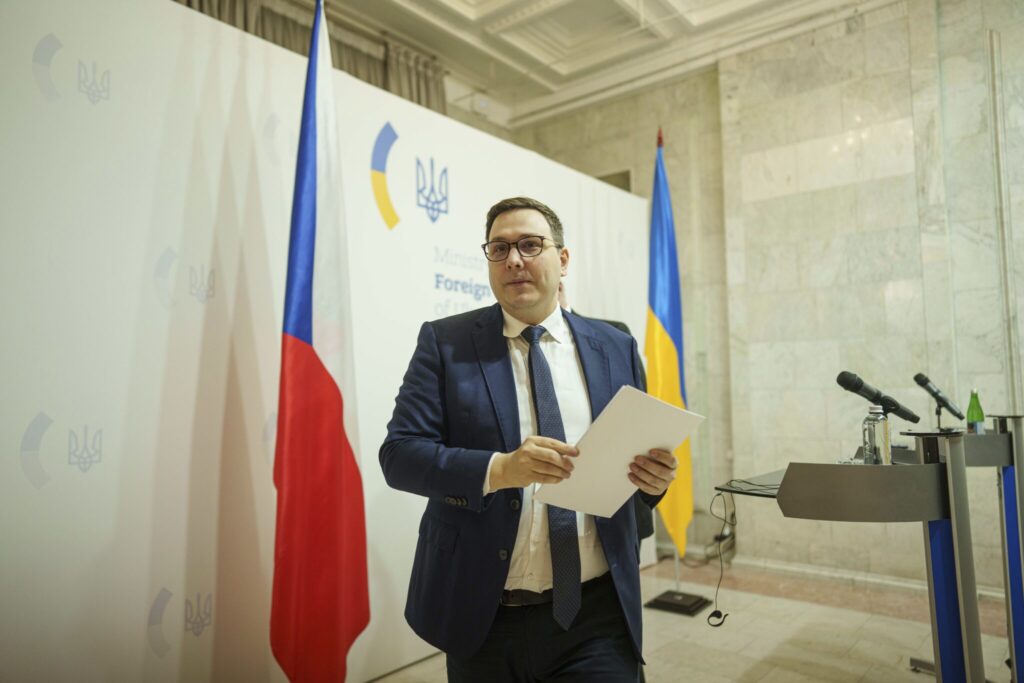Russia Ukraine war/ hypersonic missile/ NATO emergency talks/ Oreshnik missile/ Dnipro attack/ Vladimir Putin/ civilian casualties/ Ukraine security/ Kyiv/ Ukraine/ Newslooks/ J. Mansour/ Morning Edition/ NATO and Ukraine will hold emergency talks following Russia’s use of a hypersonic missile in a strike on Dnipro. The missile, capable of reaching Mach 11 speeds, marks a dangerous escalation in the conflict. Russia claims the attack was retaliation for Western-supplied weapons, while NATO allies assess the growing threat.

Hypersonic Missile Attack in Ukraine: Quick Looks
- Missile Details: Russia’s experimental Oreshnik missile struck Dnipro with six warheads and submunitions.
- NATO Meeting: Emergency talks scheduled as the war reaches a critical phase.
- Putin’s Retaliation: Russia frames the attack as a response to Ukraine’s use of Western weapons.
- Civilian Casualties: Additional drone strikes in Sumy killed two and injured 13.
- Global Reactions: NATO allies and Ukrainian officials heighten security amid intensified threats.
NATO, Ukraine Call Emergency Talks After Russian Hypersonic Missile Strike
Deep Look: Russia’s Hypersonic Missile Strike Prompts NATO Emergency Talks
A New Phase in the Ukraine War
The war in Ukraine took a dangerous turn as Russia deployed an experimental hypersonic missile in a strike on the city of Dnipro. This unprecedented use of the Oreshnik missile underscores an escalation that NATO officials are labeling a “decisive phase” in the 33-month-long conflict.
Ukraine’s parliament canceled its Friday session amid tightened security in Kyiv, while NATO has called for emergency talks on Tuesday to address the growing threat.
The Oreshnik Missile: A Game-Changing Weapon
Ukraine’s Main Intelligence Directorate confirmed that the Oreshnik missile, named after the Russian word for “hazelnut tree,” was launched from the Kapustin Yar test site in Astrakhan, Russia. The missile traveled at speeds of Mach 11 (approximately 8,400 mph) and struck its target within 15 minutes.
Equipped with six nonnuclear warheads, each carrying six submunitions, the missile’s devastating impact highlights the growing sophistication of Russia’s missile technology.
The Pentagon corroborated Ukraine’s findings, describing the Oreshnik as an evolution of the RS-26 Rubezh intercontinental ballistic missile, designed to bypass advanced air defense systems.
Russia’s Justification and Warnings
In a televised speech, President Vladimir Putin framed the strike as retaliation for Ukraine’s use of U.S. and British-supplied long-range missiles capable of penetrating Russian territory. “Western air defense systems are powerless against this new missile,” Putin declared.
Kremlin spokesman Dmitry Peskov doubled down on this rhetoric, blaming Western nations for escalating the conflict by supplying advanced weaponry to Ukraine.
Hungarian Prime Minister Viktor Orbán, known for his close ties to Moscow, echoed similar concerns. He suggested that Ukraine’s use of U.S.-guided missiles might require direct American involvement, raising questions about the West’s deeper role in the conflict.
Civilian Casualties and Additional Strikes
While Dnipro bore the brunt of Russia’s hypersonic missile test, other regions also suffered attacks. Overnight, Iranian-designed Shahed drones struck a residential area in Sumy, killing two civilians and injuring 13 others. The drones, reportedly packed with shrapnel, were described as “weapons designed to destroy people, not objects,” by local officials.
NATO’s Response and Emergency Talks
NATO’s decision to convene emergency talks reflects growing alarm among Western allies. Poland’s Prime Minister Donald Tusk described the situation as taking on “very dramatic dimensions,” emphasizing the need for coordinated responses.
Ukrainian President Volodymyr Zelenskyy’s office continues to operate under heightened security, while Czech Foreign Minister Jan Lipavský visited Kyiv to assess the situation firsthand and target international aid more effectively.
Global Implications
Russia’s hypersonic missile strike introduces a new level of complexity to the Ukraine war. The attack demonstrates Moscow’s willingness to test advanced military technology in active conflict zones, potentially altering strategic calculations for NATO and its allies.
Putin’s threats, coupled with recent changes to Russia’s nuclear deployment doctrine, are also raising concerns about broader escalation. Hungarian Prime Minister Orbán warned against dismissing these shifts as mere posturing, suggesting they could have serious consequences.
What’s Next?
As NATO and Ukraine prepare for Tuesday’s emergency talks, the focus will be on bolstering air defenses and addressing the implications of Russia’s advanced missile capabilities. The West must also navigate a delicate balance—supporting Ukraine while avoiding direct involvement that could further escalate the conflict.
Meanwhile, Ukraine continues to strengthen its internal security and civilian protection measures, bracing for potential follow-up strikes. The use of hypersonic missiles marks a new chapter in the conflict, one fraught with heightened risks and global ramifications.







